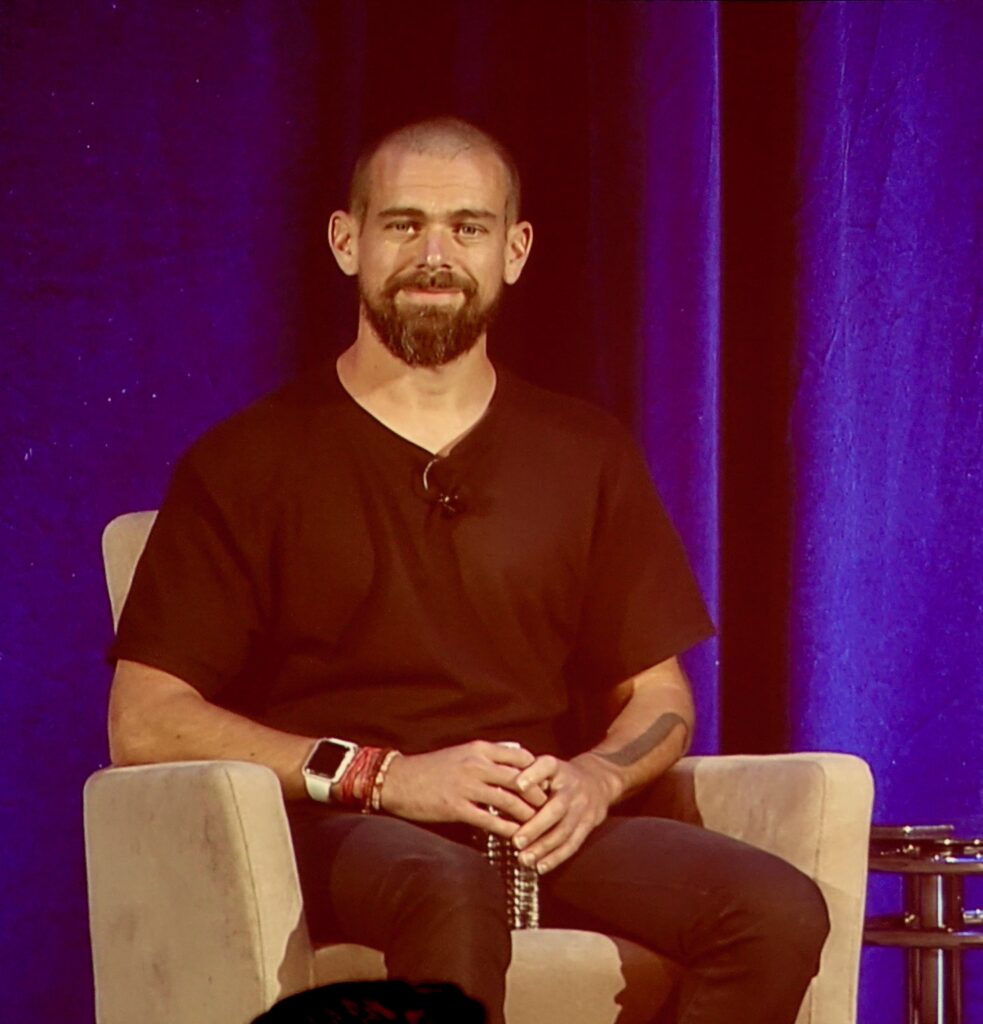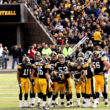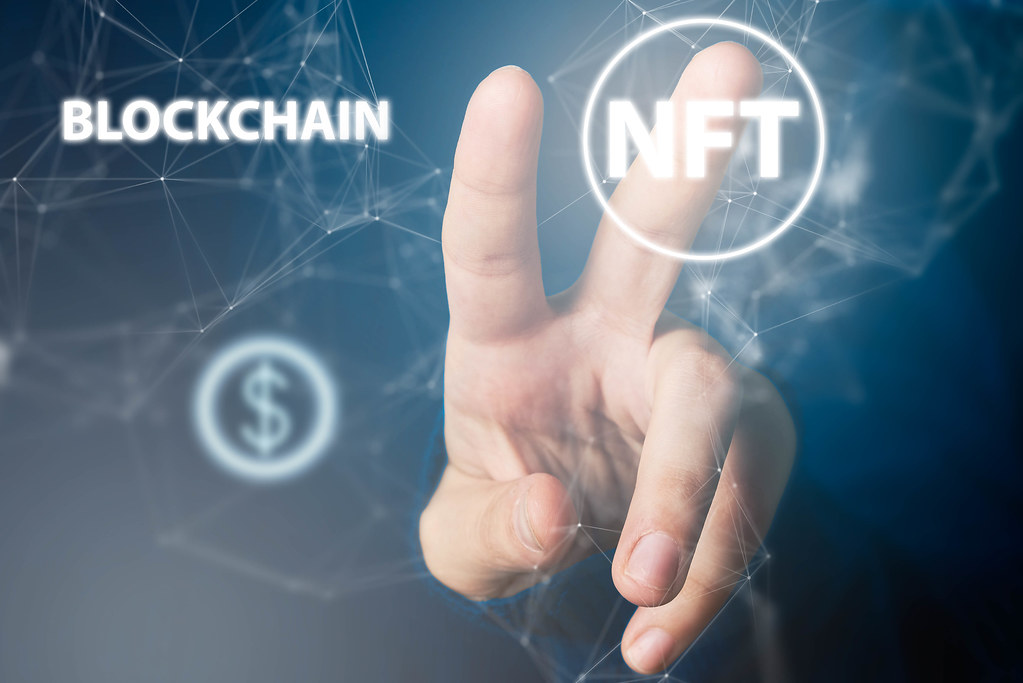NFT stands for non-fungible token. The logical follow-up question you most likely have: what does fungible mean? If items are fungible, it means you are easily able to easily swap or trade amongst them; a strong synonym would be interchangeable. Therefore, it makes sense that a good that is non-fungible would be one-of-a-kind and unable to be swapped for anything else. The uniqueness of NFTs is precisely why people are willing to spend obscene amounts of money on something that can only be accessed digitally.

While NFTs are a new trend, the premise of selling limited, or in this case, only one of each item, has been a tactic used by businesses for many years. Producing limited or one of each item ensures that there is scarcity surrounding a good. Basketball sneaker releases by Nike, or Coca-Cola with its limited-edition bottle designs, use limited-edition techniques to drive demand. The idea of scarcity takes us back to Economics 101. If the demand for an item is high, and the supply is limited to one, then you do not need to be the head of the Federal Reserve to figure out that price increase. And as we’ve seen recently, prices have not just been going up, they have been going way up — and selling for millions of dollars.
With traditional, non-digital art, there are as many pieces of art as the artist chooses to make. In the case of the Mona Lisa, there is only one; in the case of an artist making prints, there may be a designated number of copies, such as 100. You can see how close your print is to the original by looking in the corner where it will say 5/100, which would mean the fifth print out of 100 total. The way NFTs are able to only produce one is due to the blockchain. A blockchain is the digital spot where all buying and selling is recorded. Each transaction has its own unique code. What makes a blockchain credible is that no one person is in charge — every person in the blockchain receives updates when a new transaction occurs and is able to verify the transaction.

Much like modern art, pretty much anything can be an NFT. While the majority of NFTs auctioning for millions of dollars are pieces of digital art, NFTs can be any form of digital media. Examples of NFT selling recently are the CEO of Twitter, Jack Dorsey, selling his first Tweet for close to $3 million and Logan Paul, a Youtuber turned boxer, selling parts of his Youtube videos as NFTs for thousands of dollars. Graphic designers and digital artists have sold their artwork as NFTs as well. Beeple, who holds the record for selling the highest piece of NFT art, makes and sells his futuristic design art primarily as NFTs.
There is no denying that NFTs are “in” at the moment; however, people are divided about whether NFTs are sustainable and will last into the future. Some believe that this trend is ridiculous and that is only a passing fad, while others believe that rich art buyers will soon be in their cashmere turtlenecks drinking expensive wine and buying NFTs rather than Picasso’s — only time will tell.
Photo Credit: Google Creative Common Licenses









